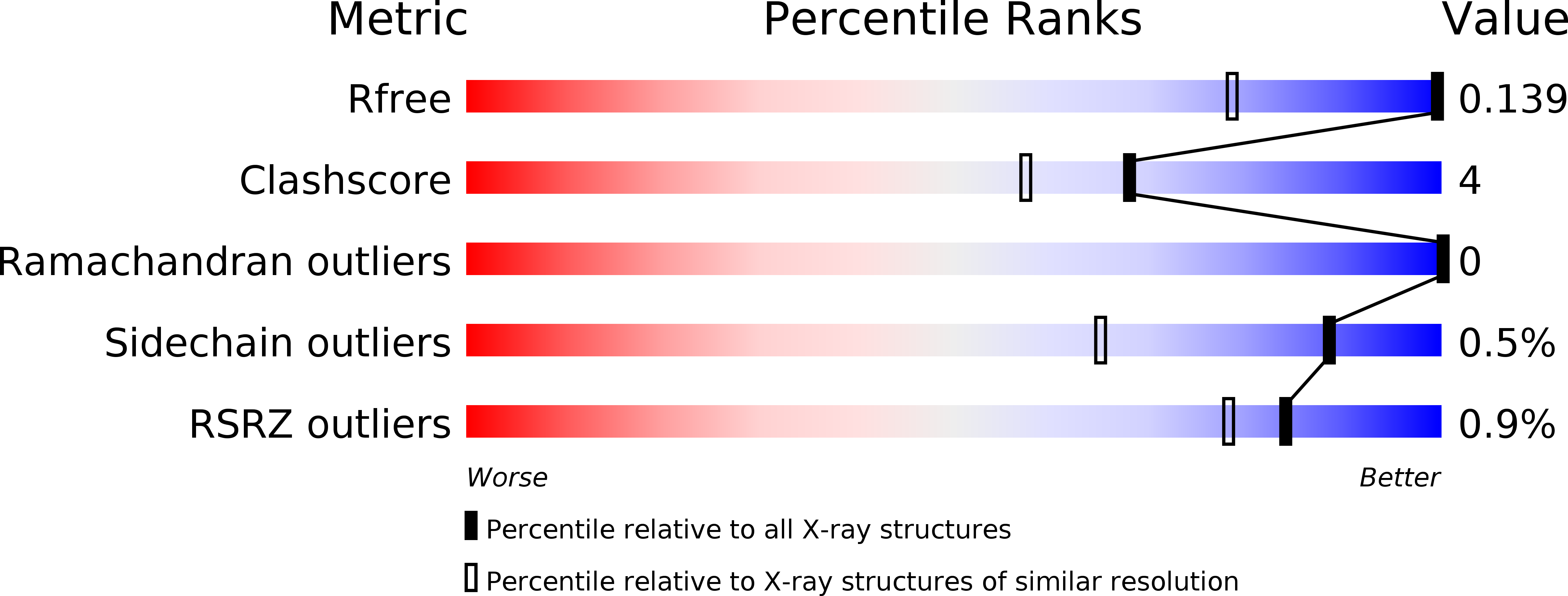
Deposition Date
2011-05-09
Release Date
2011-06-08
Last Version Date
2024-02-28
Entry Detail
Biological Source:
Source Organism:
Shigella phage Sf6 (Taxon ID: 10761)
Host Organism:
Method Details:
Experimental Method:
Resolution:
1.00 Å
R-Value Free:
0.14
R-Value Work:
0.13
R-Value Observed:
0.13
Space Group:
P 21 21 21


